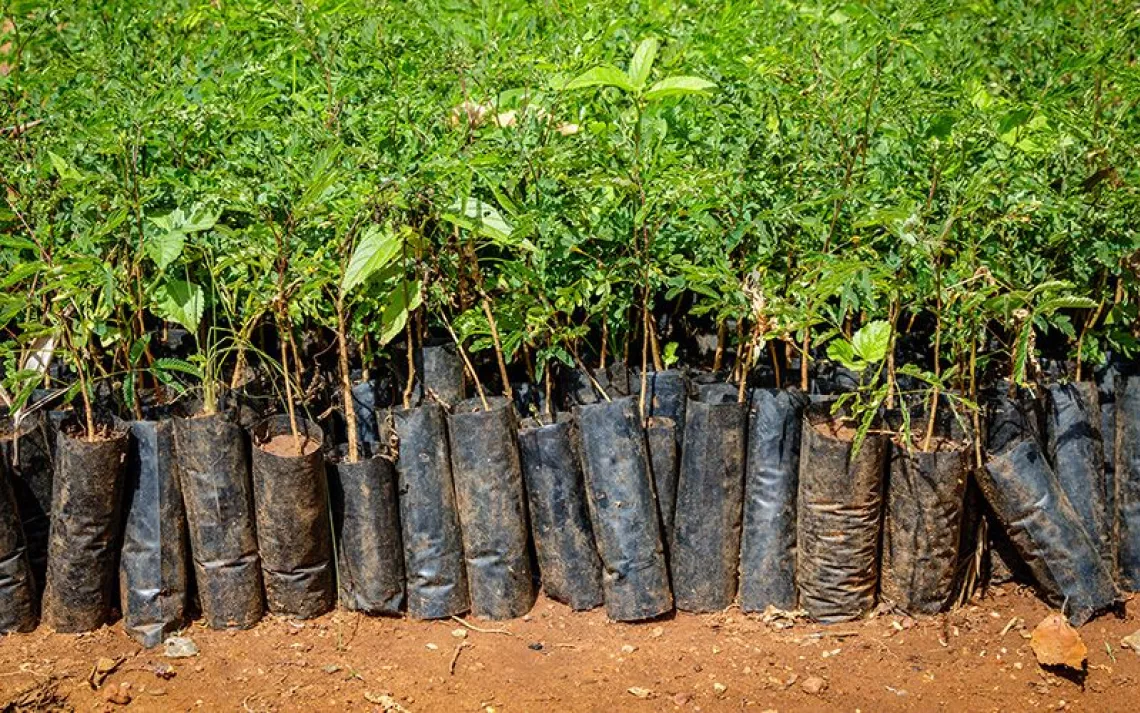Couch Potato U.
Not enrolled in classes on campus or online? Thanks to the Internet and the TV in the corner, there are still plenty of opportunities to exercise your curiosity about the natural world from the comfort of your sofa. Here's an ad hoc environmental studies curriculum to get you started. No midterm exams!
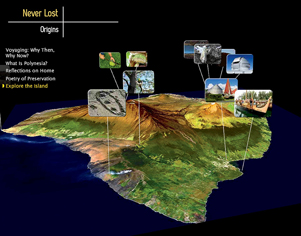
EARTH 101
The San Francisco Exploratorium's Never Lost teaches you how to navigate the globe like an ancient Polynesian. For the big picture, check out the Smithsonian National Museum of Natural History's Dynamic Earth, which gives you a video tour of our solar system and a demonstration of how the 1.1-billion-year-old Hope Diamond popped out of the earth's crust. Learn how to create your own volcano, and check out a slideshow on how to build a cave or a planet, all while gleaning fun facts.
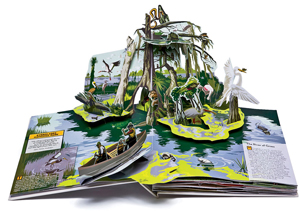
Pop-up Parks
Online classes and e-books may define education's tech revolution, but don't dismiss an old-school delight like America's National Parks: a Pop-Up Book (W.W. West, 2013). Six of the book's 13 featured parks erupt from the pages, spewing playful factoids and historical anecdotes in the style of 1930s WPA posters.
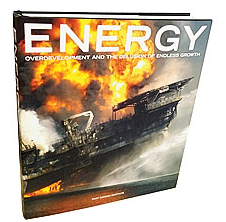
INTRO TO ENERGY
The hefty tome Energy: Overdevelopment and the Delusion of Endless Growth (Watershed Media, 2012) isn't a text you want to toss in your backpack. But the book's sweeping images of a scarred Earth, somber stats, and thoughtful prose from more than 30 authors make it perfect for the coffee table, where it will incite debate about our economic and ecological status quo. Most intriguingly, it brings philosophy and psychology into a subject often too dense for people to wrap their heads around.
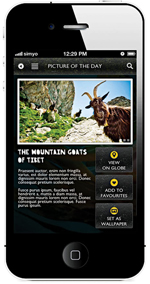
GLOBAL STUDIES
As close as your fingers can get to wildlife without being bitten, the app BBC Earth Wonders lets you access HD video from the broadcaster's oeuvre of wildlife and landscape footage, as well as interesting eco-info, by tapping on one of 50 points on a 3-D globe. For a view of what things were like before all that biodiversity took hold, pull up the app Ancient Earth: Breakup of Pangea, which shows the rise and fall of sea levels, mountains, and polar ice caps as the supercontinent broke up 200 million years ago—leading to the creation of today's continents.
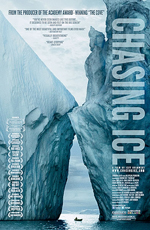
COLD THEORY
Watch years of Arctic ice melt in 75 minutes with the documentary Chasing Ice (New Video Group, 2013), in which time-lapse cameras record glaciers crumbling at a pace that is anything but glacial. The film doubles as an archived history and a call to arms to combat climate change. Chasing Ice screened at the White House on Earth Day this year.
Never Lost image courtesy of the Exploratorium; America's National Parks photy by Lori Eanes
 The Magazine of The Sierra Club
The Magazine of The Sierra Club



